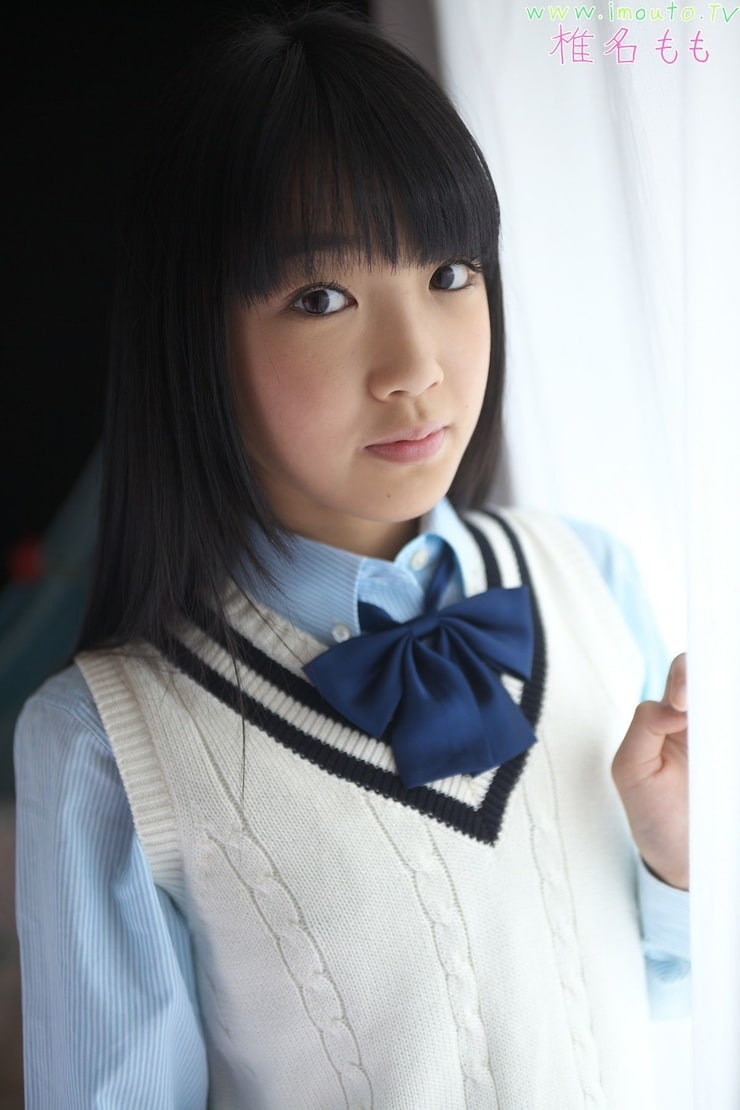

'Ooisa' may be the equivalent of the modern usage: 'ookisa', a noun contrived from adjective, 'ookii'. If Takako wanted simply to indicate 'many' she could have written 'hana ichimen no' or 'hana no oosa yo'. 'hana ooisa yo' is rather a strange phrasing. Utsumuku toki ono ga iki no ka yukino nite Shira momo ni ireshi hasaki no tane o waru Yuki no hi no yokushin isshi isshi ai-shi Yuki no hi no yokushin isshi isshi itoshi Waga iki no kasuka ni shiroku ikiru wa yoshi Ikiru wa yoshi shizuka naru yuki isogu yuki Yuki hageshi dakarete ikino tsumarishi koto Setsugen no kururu ni hi naki sori ni iru Yuki hageshi tsuma no te no hoka shirazu shinu Here are some more of Takako's "snow" haiku:Ĭompiled by Larry Bole, Translating Haiku Forum Snow for her was something sacred and pure where love, beauty and peace could all be sublimated into a true "singularity." Takako was unusually conscious of death and wrote many haiku talking about her own dying. Putting the obi sash on or unwinding it from the body spoke volumes about what was going on, especially in terms of feminine beauty and sexuality.Ĭho hachi no/goto sekkei ni/shinaba to omou In those days, most Japanese women wore kimono, which is more in tune with the spirit of haiku than, say, blue jeans. Like her teacher, Hisajo Sugita, Takako made the most of her being a woman in her haiku writing. Kishi kishi to/obi o maki-ori/karuru naka A ladder connotes ascent, but ascent to where? The top of a ladder is usually where ordinary people reach their limit. For her it was not sufficient to look upon apples merely as a symbol of autumn, fecundity or beauty. In her own way she sought to realize freedom of poetic expression, and if possible freedom in general. She was not content with conventional wisdom or received ideas. This haiku epitomizes Takako's personality. Ringo no ki ni/kakeshi hashigo ga/sora e nukeru She becomes and active participant, in both her sensations and her thoughts." "Many of Takako's haiku involve herself directly „Hashimoto Takako – Sämtliche Haiku“), April 1977. „Hashimoto Takako – Haiku-Sammlung“), Februar 1966. Auch war sie Herausgeberin der Haiku-Zeitschrift Shichiyō (七曜, „Sieben Wochentage“). Sie hinterließ viele leidenschaftliche Liebesgedichte. Von Sugita Hisajo wurde sie in der Haiku-Dichtung unterwiesen und war Schülerin von Yamaguchi Seishi. Mai 1963),Įigentlich Hashimoto Tama (橋本 多満), war eine japanische Haiku-Dichterin der Shōwa-Zeit.ġ917 heiratete sie den vermögenden Architekten Hashimoto Toyojirō (橋本 豊次郎) und veranstaltete in dessen Wohnhaus „kulturelle Treffen“.

She is one of the four famous T in the Haiku world, together with

Takako Ki 多佳子忌 (たかこき) Takako Memorial Day


 0 kommentar(er)
0 kommentar(er)
